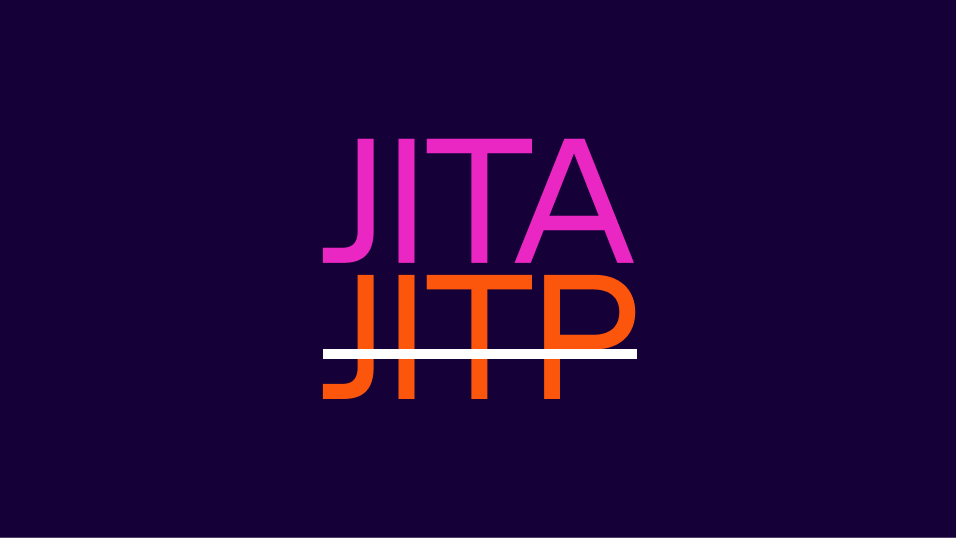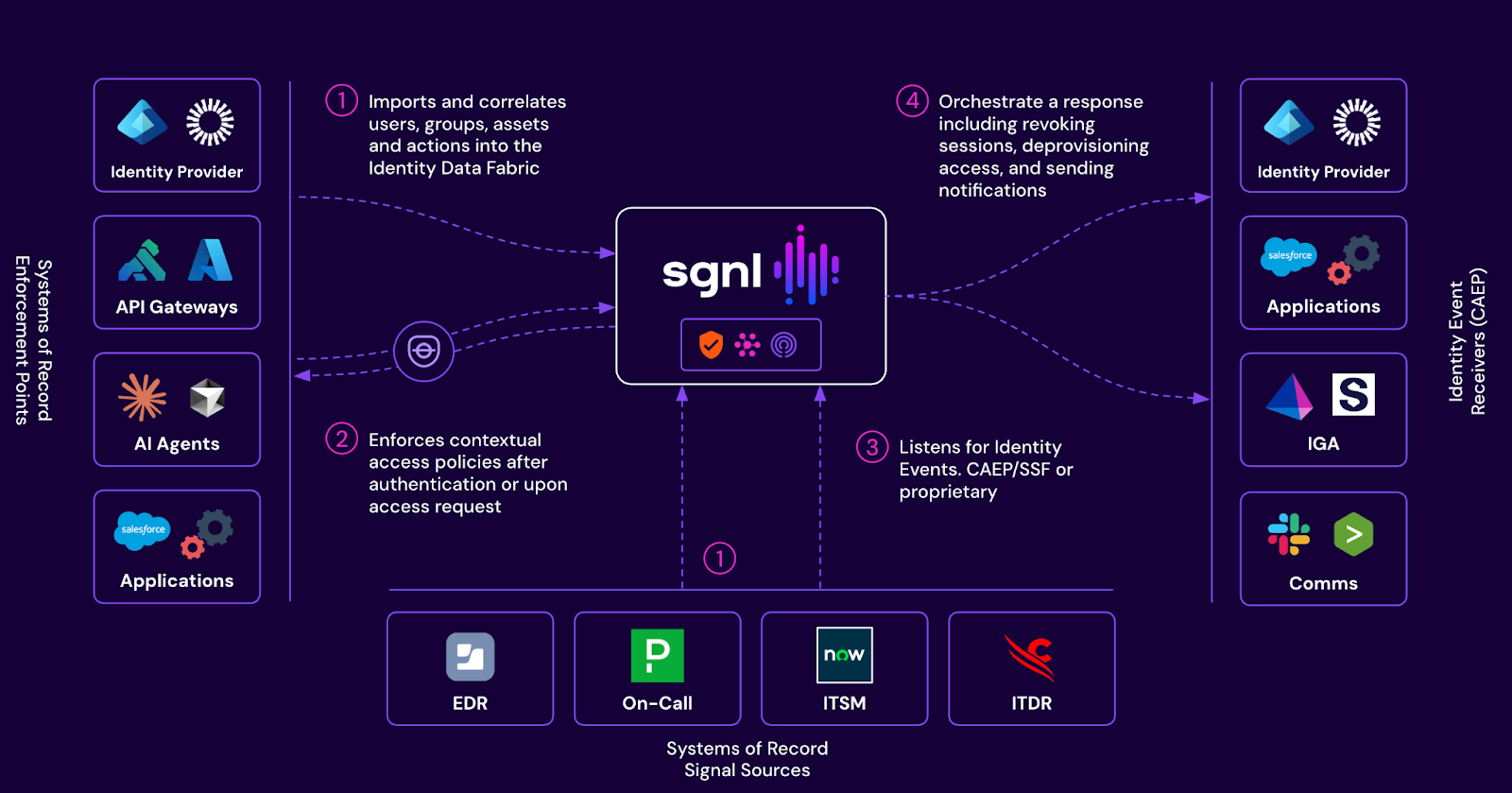
Many vendors claim to offer “Just-in-Time” access—but not all JIT is created equal. This blog unpacks the critical differences between Just-in-Time Provisioning (JITP) and true Just-in-Time Access (JITA), showing why only JITA enables Zero Standing Privilege.

Identity breaches rarely start at the perimeter anymore—they start with standing access. Static entitlements, dormant credentials, and long-lived privileges give attackers room to move. In response, “Just-in-Time” has become the banner many vendors rally under, but the devil is in the details. The truth is, not all JIT strategies are created equal.
While Just-in-Time Provisioning (JITP) is often marketed as a modern access control method, it still clings to outdated assumptions: static accounts, assigned roles, and residual permissions. By contrast, Just-in-Time Access (JITA) offers a clean break: ephemeral, session-based access with no lingering privileges. That distinction matters. If your goal is true Zero Standing Privilege (ZSP), JITP won’t get you there. JITA will.
At its core, JITP reduces the duration of standing access by provisioning user accounts or entitlements only when needed. That’s a step forward from always-on roles and persistent privileges. It helps limit access sprawl, support audit trails, and reduce attack windows.
But make no mistake—JITP still operates within the framework of static identities and permissions. It creates accounts. It assigns entitlements. And even if those permissions are revoked after a pre-designated amount of time, they exist long enough to be exploited.
JITP gives you less standing access, not zero. And when it comes to risk, less is still too much.
JITA takes a fundamentally different approach. It doesn’t rely on pre-provisioned accounts or predefined entitlements. Instead, it evaluates each access request in real-time, based on identity, context, and business need, and grants access via ephemeral tokens or session-based mechanisms.
Once the task is complete or the session ends, the access evaporates—no lingering permissions, no dormant accounts. It’s access without inheritance or persistence.
That’s the key differentiator.
Where JITP asks, “How quickly can I set up and tear down access?” JITA asks, “How do I ensure access only exists when absolutely needed, and vanishes the moment it’s not?”
Consider an on-call engineer who needs access to a production AWS environment.
Under a Just-in-Time Provisioning model… the engineer would request access for a fixed amount of time—perhaps 24 hours—and potentially include a change case number as justification. An approver would review the request, manually verify the change case, and approve the request. The provisioning systems would then assign static access to the engineer for the approved duration “just-in-time”. Even if temporary, this introduces standing privilege during that window.
With Just-in-Time Access… the engineer attempts to log in to the production AWS account via Single Sign-On. This action would trigger a real-time policy evaluation that verifies their role, the change case, their on-call status, and their security posture. If these contextual conditions are met, the appropriate IAM roles are dynamically included in the engineer’s SAML assertion, and AWS then grants limited-privilege access for only that session; there is no standing account nor long-lived IAM role assignments. And if any aspect of the user’s context changes—say, they go off-call or disconnect from a corporate device—SGNL’s CAEP hub detects the shift and immediately revokes access.

Zero Standing Privilege isn’t just a security goal; it’s a fundamental shift in how we manage identity and access. By removing long-lived permissions, ZSP drastically reduces the blast radius of credential compromise and virtually eliminates lateral movement paths.
JITA is the enabler of this model. It empowers security teams to enforce the principle of least privilege not just at account creation, but at every access decision. Continuous access evaluation, real-time revocation, and adaptive policy enforcement become operational norms, not aspirational ideals.
In short, JITA operationalizes ZSP in a way JITP simply cannot.
JITP might be a useful waypoint, but it’s not the destination. The future of access control is consistent, contextual, and continuous—and that future belongs to JITA. For identity practitioners committed to building a Zero Standing Privilege architecture, it’s time to move beyond provisioning and embrace session-based access.
SGNL was purpose-built to deliver this model—granting ephemeral, risk-aware access in real time, with no need to provision accounts or assign roles. SGNL connects identity, context, and business signals to authorize access precisely when—and only when—it’s justified.
No pre-staged roles. No cleanup jobs after the fact. Just smart, seamless access that disappears on cue.
Ready to replace standing privilege with something smarter?
Want more of the latest identity-first security topics and trends delivered to your inbox? Helpful and insightful content, no fluff.